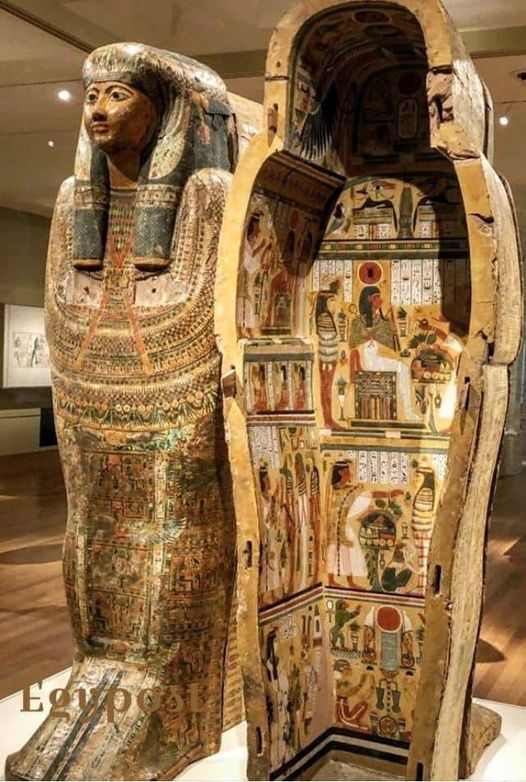In the grand tradition of French sculpture, a masterpiece of exquisite beauty and craftsmanship stands as a testament to the artistry of its creator—Louis-Philippe Mouchy. Pictured above is the marble lace neckerchief, delicately carved by Mouchy in 1781. Commissioned as a posthumous tribute to the Duke of Montausier, Charles de Sainte-Maure, this stunning statue captivates viewers with its intricate detail and timeless elegance. Join me as we delve into the story behind this extraordinary work of art and uncover the legacy of the nobleman it honors.
A Tribute to Nobility: The Duke of Montausier
The marble lace neckerchief was commissioned as a memorial to the Duke of Montausier, Charles de Sainte-Maure, a prominent figure in the court of France during the reign of Louis XIV. As one of the guardians of the Great Dauphin, Louis, son and heir of the Sun King, Montausier played a crucial role in shaping the future of the French monarchy. Known for his integrity, wisdom, and dedication to duty, Montausier was revered by his peers and admired by all who knew him. Mouchy's sculpture serves as a fitting tribute to this nobleman of exceptional character and distinction.

Mastery in Marble: Louis-Philippe Mouchy
Louis-Philippe Mouchy, a highly acclaimed French sculptor of the late 18th century, was renowned for his skill in capturing the delicate nuances of human form and expression. In the marble lace neckerchief, Mouchy demonstrates his virtuosity as a sculptor, meticulously crafting each intricately carved detail with precision and finesse. From the delicate folds of the lace to the graceful curve of the neckerchief, every aspect of the sculpture reflects Mouchy's mastery of his craft and his deep reverence for the subject he portrays.

Symbolism and Significance: The Art of Commemoration
The marble lace neckerchief serves not only as a work of art but also as a symbol of remembrance and reverence for the Duke of Montausier. Through its exquisite beauty and meticulous craftsmanship, the sculpture honors the memory of a man whose contributions to French society were immeasurable. As viewers gaze upon the delicate intricacies of the neckerchief, they are reminded of the noble virtues embodied by Montausier and the enduring legacy of his life and achievements.

In the marble lace neckerchief, Louis-Philippe Mouchy has created a masterpiece that transcends the boundaries of time and space, capturing the essence of a nobleman and his era with timeless elegance and grace. As we marvel at the intricacies of Mouchy's sculpture, we are transported to a world of opulence and refinement, where art and history converge in a symphony of beauty and meaning. The marble lace neckerchief stands as a testament to the enduring power of art to inspire, uplift, and commemorate the noble ideals and aspirations of humanity.
Archaeological Significance:
While the marble lace neckerchief may not be directly related to archaeology in the traditional sense, its preservation and study offer valuable insights into the artistic and cultural landscape of 18th-century France. Through careful analysis of the sculpture's materials, techniques, and historical context, archaeologists and art historians can gain a deeper understanding of Mouchy's creative process and the social dynamics that shaped his work. By preserving and interpreting masterpieces like the marble lace neckerchief, we ensure that future generations can continue to appreciate and learn from the rich artistic heritage of our past.






